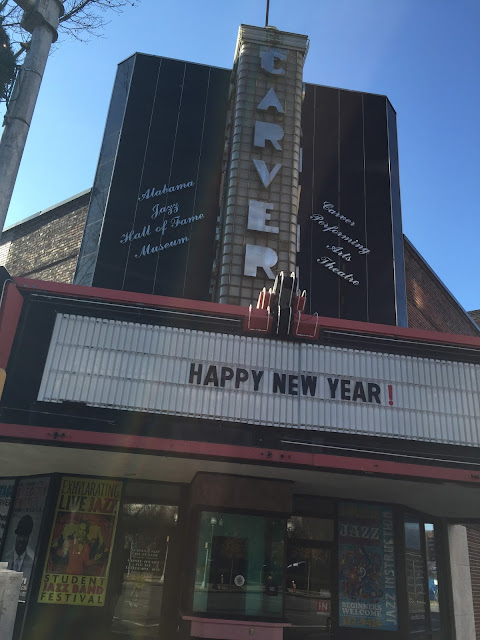On the way down from King's Chair, it occurred to me that I had not fallen on a trail in awhile. I had hardly even stumbled on my way up. I found this amusing since I had recently fallen while running on the roads...twice. As I made my way along the South Rim on the Blue Trail, I was a extra careful with my footing not wanting to ruin my trail streak.
As I reached the smooth trail at the bottom of the hill, I smiled at having avoided a tumble. I reflected on how I had averted trouble. I had experience. I had fallen in certain spots before. I was aware. I proactively looked for difficult situations and avoided them.
I could not help but think about my life. I'm a little older now. I've made mistakes. But this experience has made me cognizant of the troubles I may encounter going forward. I know how to avoid the mistakes I've made in the past. I am familiar with the rocks in my life. I know the roots that have tripped me up before. And this has made me aware of other potential pitfalls that lay out there before me.
And so on I run while I still have strength. I could avoid stumbling altogether by not running trails. But, not falling is not the goal; successfully navigating the trails of my life is the goal.
Funny how the words "trails" and "trials" are so close.































